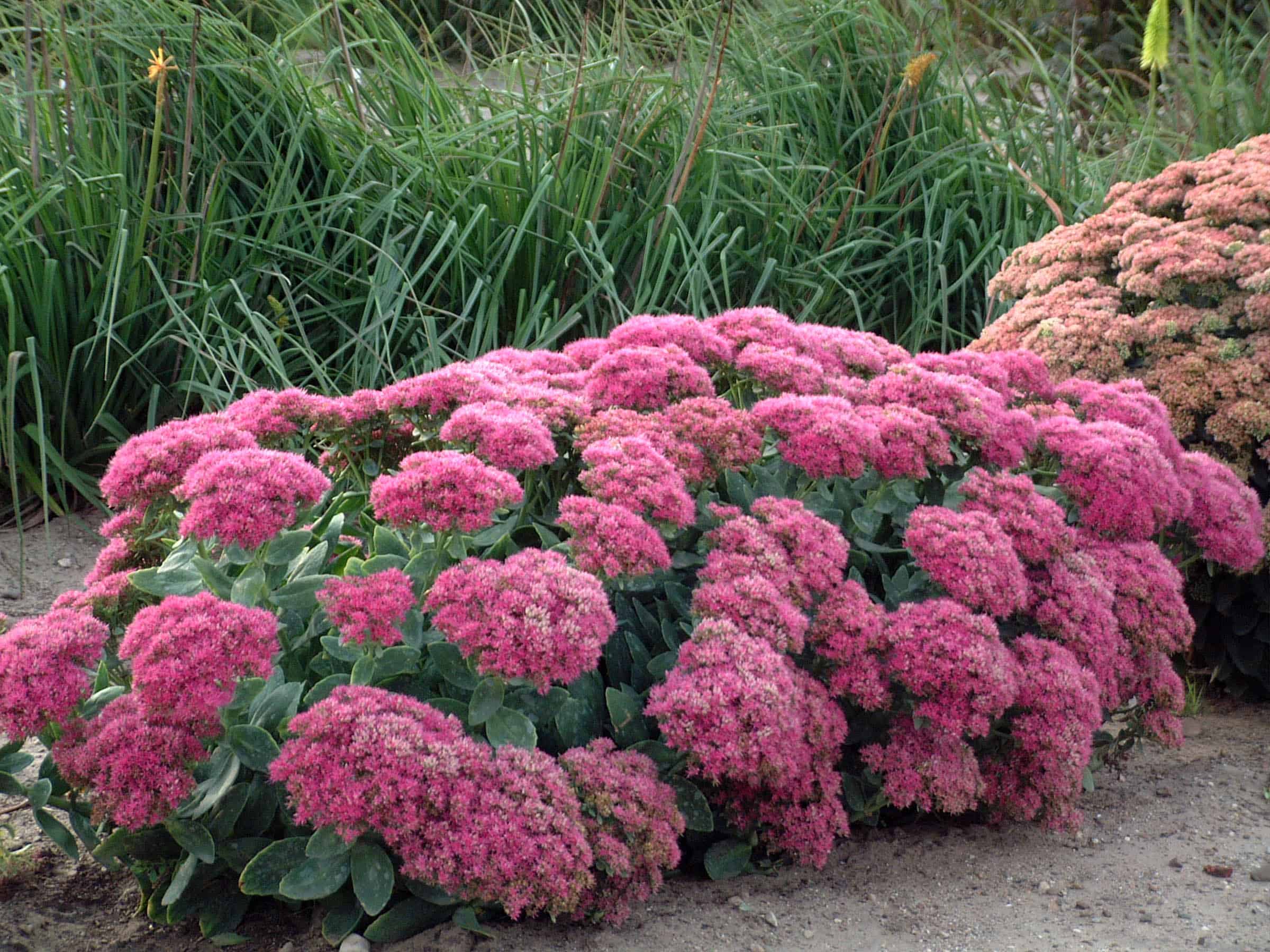10th Jul 2024
Sedum Plants are Super Heat Tolerant
Using Sedum Plants for High-Heat Landscaping
It’s always satisfying to look out onto a well-manicured yard with complementing landscaping. However, many people struggle with maintaining healthy and thriving landscaping. One of the most common issues landscapers face is choosing the right type of plants for the climate and location. It is often difficult to find decorative flowering plants that can survive in high-heat and full-sun environments, but one of the best options for this scenario is Sedums.
Sedums, or Stonecrops, are flowering plants that thrive in high-heat and full sun.
They get the name stonecrop because they often grow amongst stones naturally. Sedums are perennials, meaning they will return year after year when properly cared for. There are nearly 600 different species of sedum plants, ranging from high-growing stalky plants with colorful flowers to ground-hugging green plants that serve as an excellent groundcover. Sedums can be mixed and matched to design beautiful landscaping beds that will thrive in 6+ hours of sun and high summer temperatures while also being very hardy and capable of surviving winters with below-freezing temperatures. Sedum plants also typically have a shallow, laterally growing root system, which makes them great for choking out weeds and other invasive plants.
Some of the more popular sedum plants include Angelina Sedum. They are characterized by their short succulent-ish bright yellow-green leaves that transition to a gorgeous copper color in the fall. The short and thick leaves provide a beautiful, low-growing carpet of color that changes with the seasons. Angelina sedum is very resilient and drought-tolerant and makes an excellent ground cover. These are a particularly good groundcover choice for landscaping beds with poor or rocky soil.

At the other end of the sedum spectrum is the Thunderhead sedum. This tall, flowering plant is known for its upright, billowing flower clusters that are most often bright red with some burgundy tones developing in the fall. These plants make a bold statement, with their gorgeous flower clusters and their thick succulent leaves and stems that are trimmed in a complementing red undertone. These thick leaves and stalks store water, making the thunderhead sedum another excellent choice for high heat and full sun. Even the dried flower heads provide a pop of color to landscape beds in winter.
Autumn Joy sedum is another popular variety between the Angelina and Thunderhead. Autumn joy is a low-growing flowering sedum used for ground cover in most situations, but it is characterized by large flowering clusters ranging from white to red wine. These plants are also hearty and do well in poor soil, rocky soil, and drought conditions. The autumn joy variety is an excellent option for covering larger landscape areas with color and providing character through its various transitions all year.
Sedum plants, in general, are very resilient.
However, they do tend to prefer full sun. To ensure the best results, sedum should be planted in the spring, after the last frost, but before mid-summer heat. When planting, new plants should be placed roughly 1 foot away from each other. Gradually, the plants will fill the space, but separation is needed to establish strong roots. Sedum plants also do better in drier soil. Do not overwater or plant in areas that retain water, as soggy soil can kill sedum plants. While 6+ hours of daily sun is ideal, sedum plants can survive in shady conditions. However, they will produce fewer flowers and tend to sprawl out in search of sun in those conditions.
Stonecrops, or sedum plants, like to grow among stones and do best in sandy or grave soil areas. Sedums can tolerate richer soils if the area is well-drained and cannot remain damp for long periods. Fertilizer is not necessary with most sedums in most conditions. However, a light feeding of all-purpose fertilizer in the spring may be in order where the soil could be better.
When landscaping with sedum plants, it is essential to note that these plant varieties are also resistant to most common plant diseases. They tend to be rabbit resistant, but some of the more stalky flowering varieties have been known to attract squirrels, who will nibble on the stems. The fleshy leaves of the sedum are more susceptible to aphids, slugs, and other worms. These pests can be controlled by simply keeping the area free of debris. For this reason, it is best to refrain from employing mulch when landscaping with sedum plants. Pruning can be performed in the spring to promote the growth of flowering varieties. However, sedum will typically thrive independently and require very little maintenance. Some prefer to cut back stems in the late spring to control height. Stems can be cut in the fall after blooms have withered, but many choose to keep the stems and dead heads intact, as they can attract birds over the winter months.

